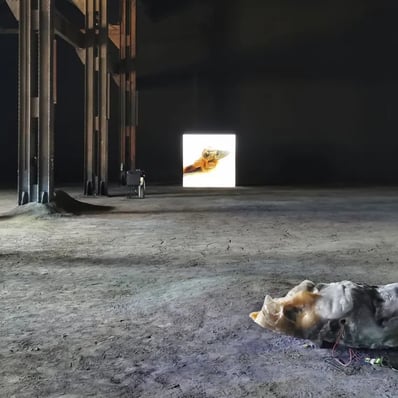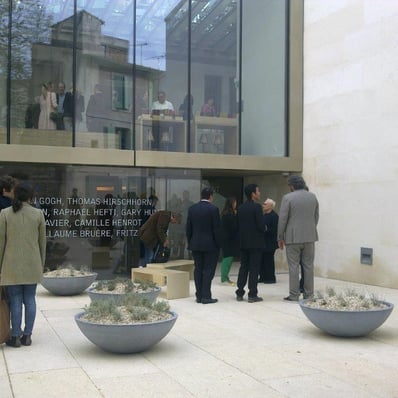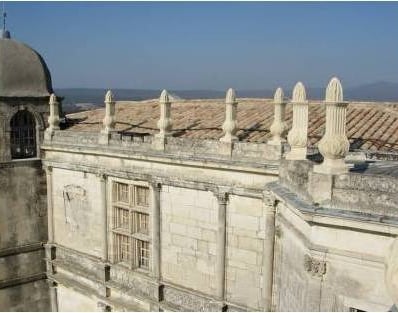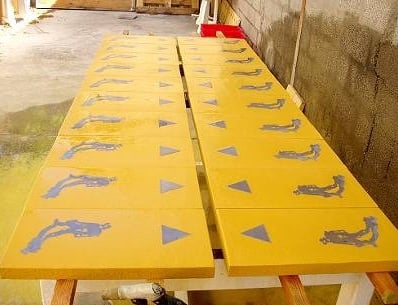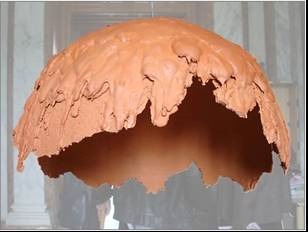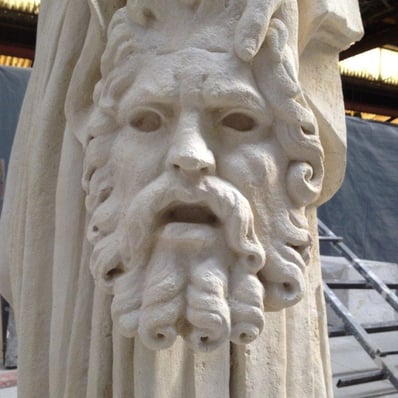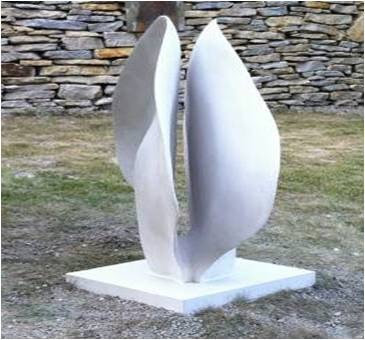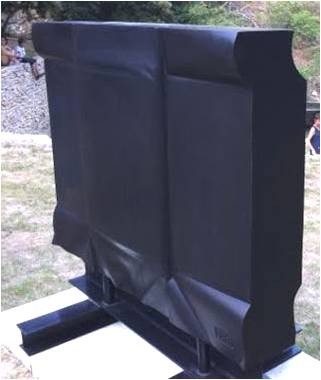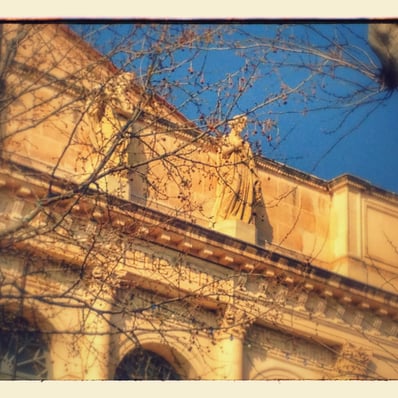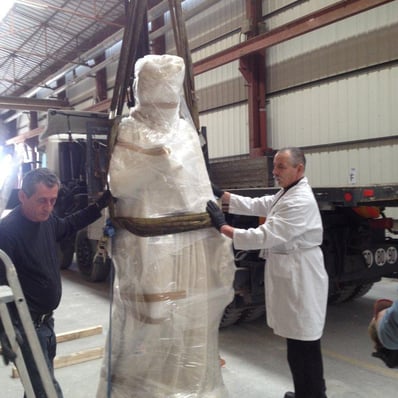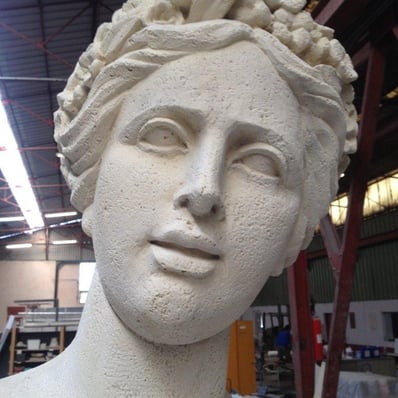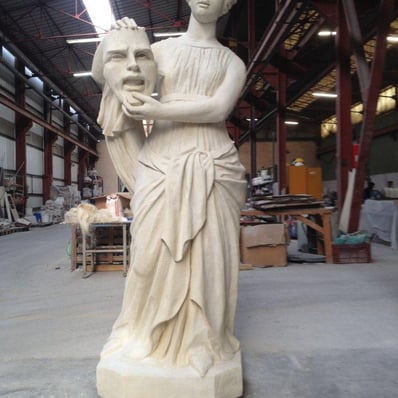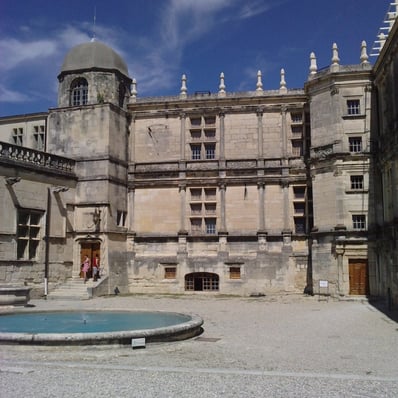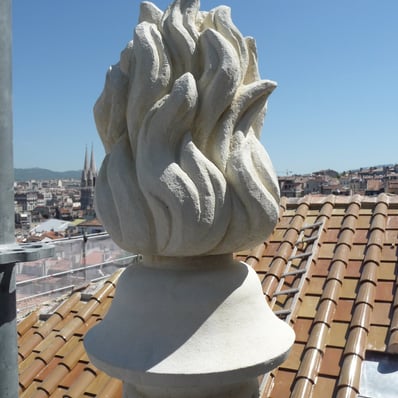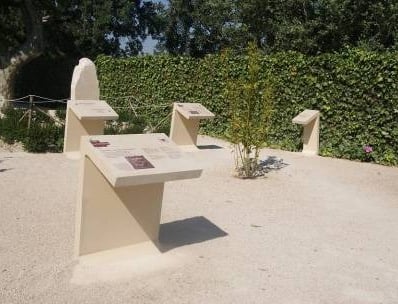Ol&LO, art elevated by MINERAL
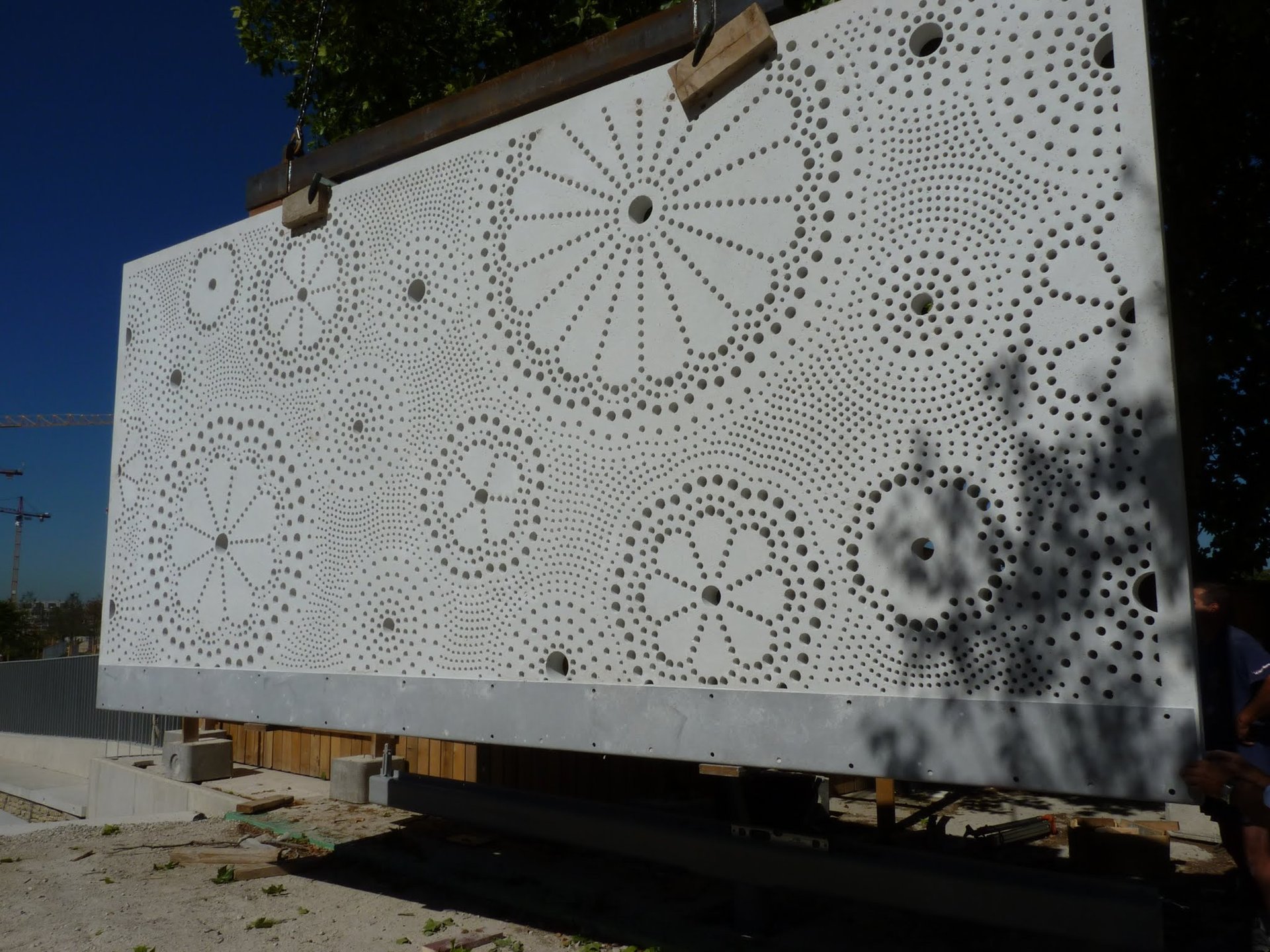
Art and Heritage: Restoring and Creating with Sustainable Materials
The article “Art and Heritage: Merging Tradition and Innovation with Sustainable Materials” shows how ecological materials such as lime concrete, high-performance concrete (BTHP) and recycled aggregates are being used to restore historic sites while respecting the environment. It features emblematic projects, such as the restoration of the ancient theater in Arles, where tradition and innovation meet. The focus is on the durability of gypsum concrete, ideal for preserving the authenticity of buildings while reducing their carbon footprint.
SCIENCE AND TECHNOLOGY
Olivier Houdusse
8/4/20242 min read
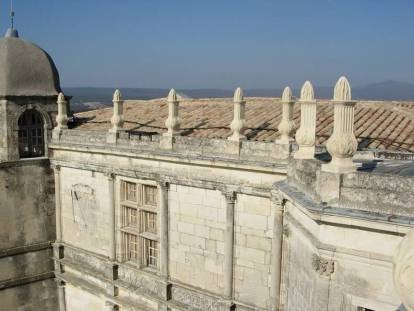

Art and Heritage: Merging Tradition and Innovation with Sustainable Materials
Protecting cultural heritage while innovating is an exciting challenge. The use of sustainable materials, such as lime concrete and recycled aggregates, plays a key role in restoring historic sites and creating works that marry the past with the future.
For example, on our furniture project for the Espace Van Gogh in Arles, or for other monuments such as the ancient theater or the arênes d'Arles, we used high-performance concrete to preserve the authentic look while ensuring the durability of the materials.
Our team works with prestigious institutions to preserve these treasures using modern methods.
This article explores how eco-friendly concrete and mineral materials are restoring iconic sites with a contemporary artistic touch.
Heritage and Modernity: A Dialogue between Eras
Restoring a site Historic architecture requires a combination of knowledge of the past and modern expertise, as we demonstrate in our private projects. We use materials that preserve the integrity of the site while complying with sustainability standards, such as ISO 14001 certification for environmental management. For example, lime- and plaster-based products are used to restore the facades of churches and heritage buildings, as they allow the walls to breathe while respecting their original appearance.
We also use ecological concretes to create monumental works of art, thanks to their great strength, durability and flexibility, enabling complex sculptures while reducing environmental impact.
Gypsum concrete: a sustainable solution
Gypsum concrete is ideal for restoring historic sites because of its low carbon footprint, relatively low cost, and ability to blend harmoniously with older elements. Unlike other materials, it is compatible with traditional construction techniques, facilitating its use in restoration projects where historic aesthetics are paramount. Unlike modern cement, it has a much lower environmental impact, reducing CO2 emissions by over 99% compared with plastics. Its soft texture is also perfect for preserving the appearance of structures. (source)
We also use recycled industrial by-products to manufacture concrete, reducing waste while bringing an ecological dimension to restoration. During our collaboration with the Espace Van Gogh in Arles, we integrated recycled aggregates into sculptures that harmonize with the historic gardens while conveying a message of sustainable innovation.
Statue Casting and Creation: Reviving Heritage
Our team specializes in the casting of iconic statues, reproducing historic works with modern materials. We have collaborated with the Musée du Louvre to recreate sculptures in high-performance concrete (BTHP), preserving the originals while providing an enriching experience for the public. Working with institutions like the Louvre and contemporary artists enables us to combine technical innovation with artistic heritage.
High-performance concrete (HPC) is also used for contemporary works, enriching urban space while drawing inspiration from heritage. In our collaboration with the Fondation Luma, this material was used to create complex sculptures, reflecting a connection between past and future.
Merging Art and Sustainability
Our approach is to pay homage to heritage while looking to the future. This takes the form of design choices that respect historical features, while integrating modern technologies such as digital modeling and traditional craft techniques to ensure accurate and faithful restoration. This takes the form of design choices that respect historical features while incorporating modern techniques, such as the use of eco-friendly materials and innovative molding methods. By using ecological concretes and other mineral materials, our creations bring a contemporary touch that blends harmoniously into places steeped in history.
Conclusion
Restoring and creating with sustainable materials is a commitment to art, heritage and the environment, as illustrated by our custom furniture projects and unique artistic creations. Our team combines tradition and innovation in every project, whether restoring facades, creating monumental sculptures or enhancing cultural spaces. Concrete and mineral materials are essential to bringing heritage back to life while building a sustainable future.
Gallerie
